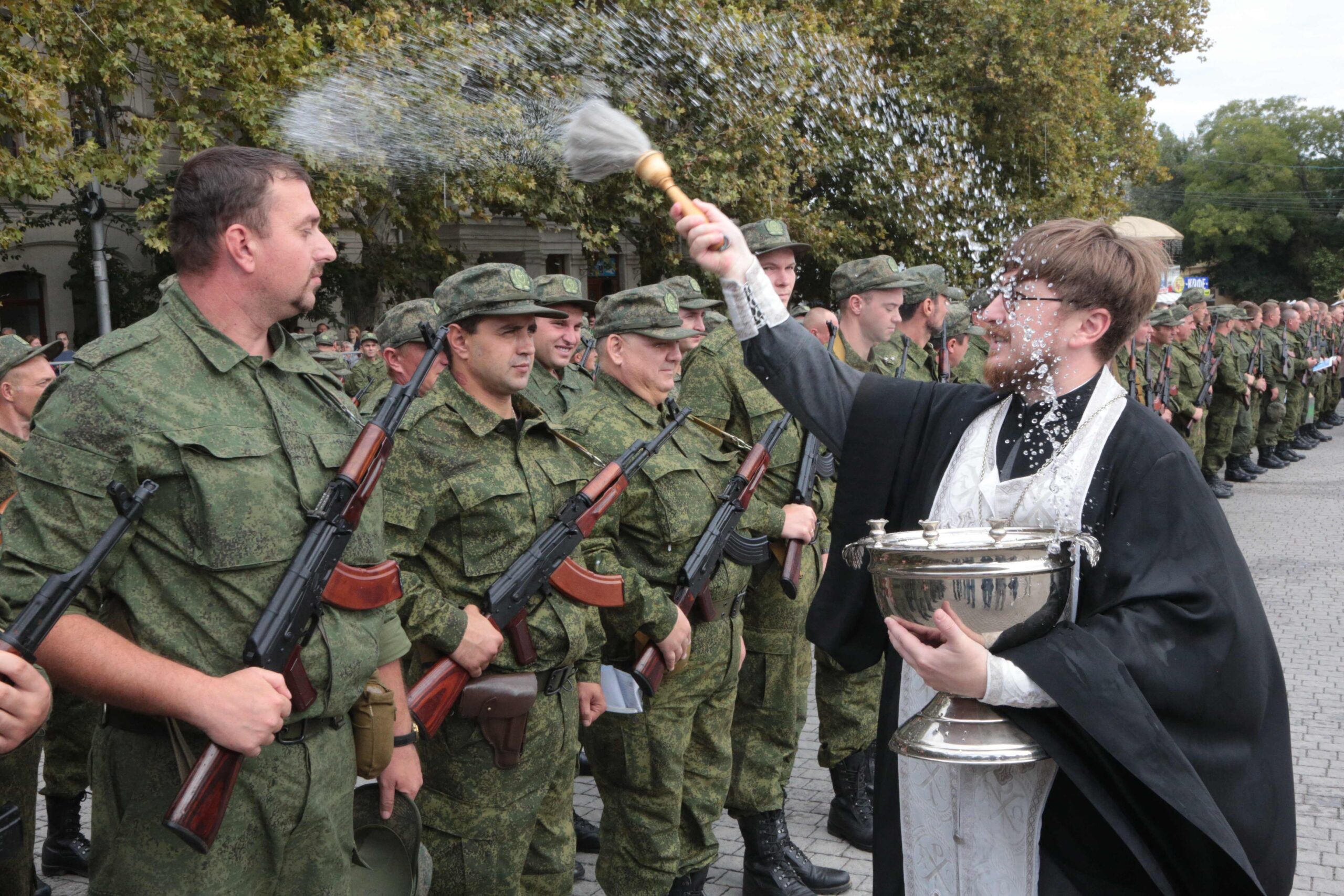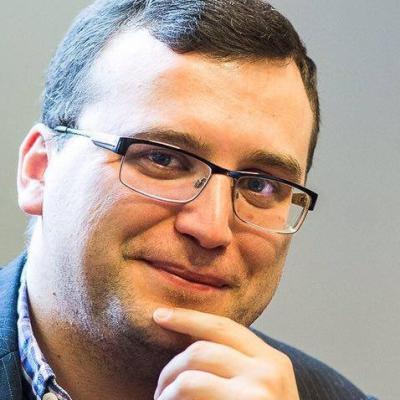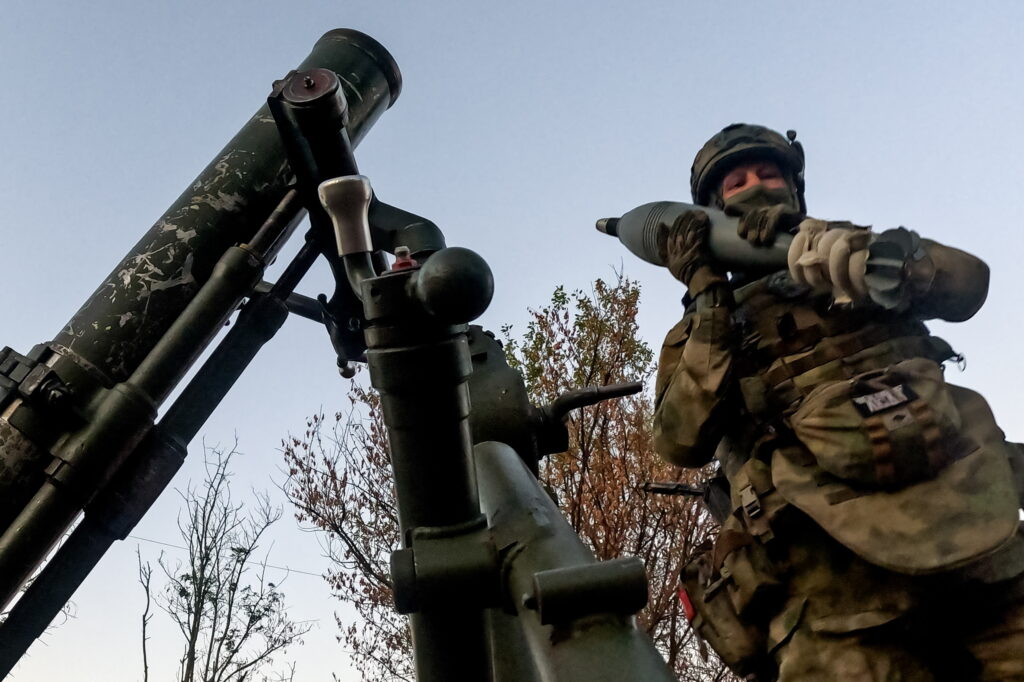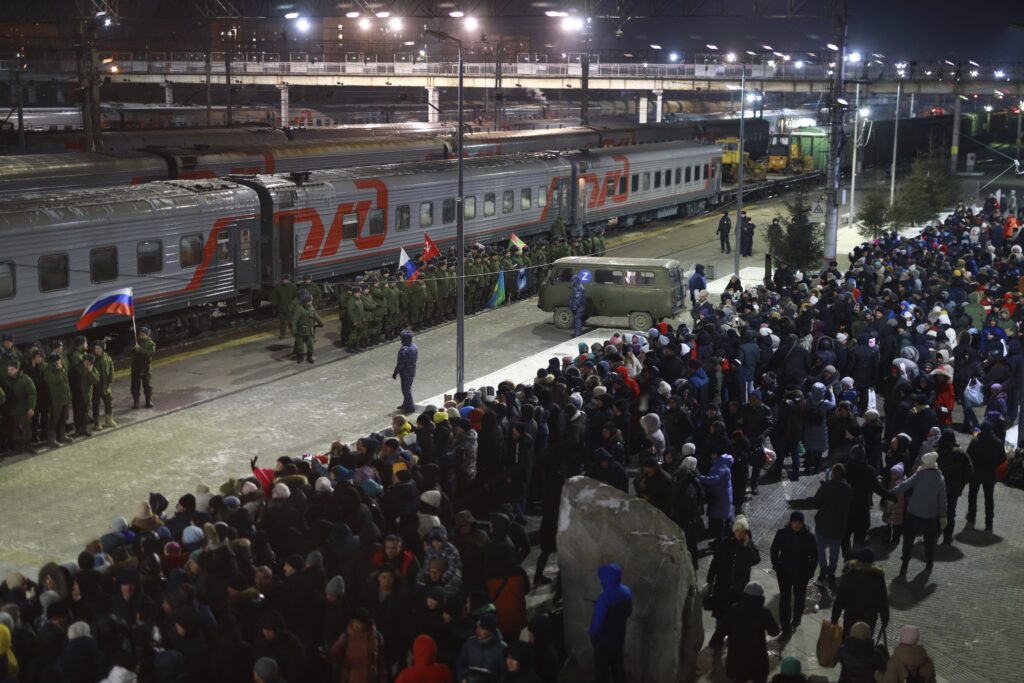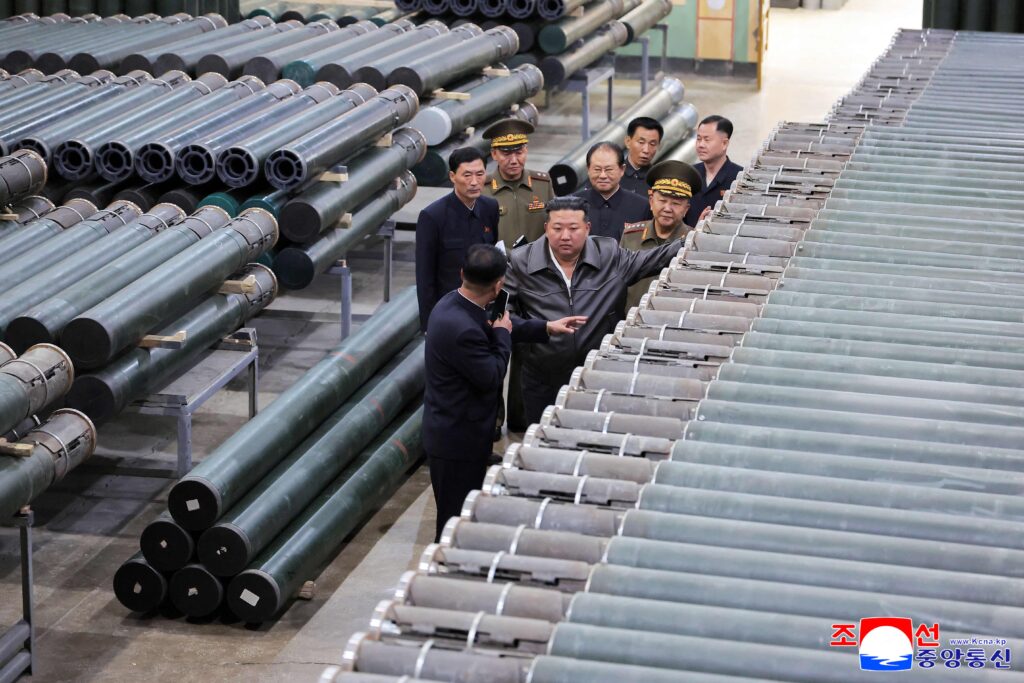Another increase in the size of the Russian armed forces was announced at the year-end staff meeting of the Russian Defence Ministry on 21 December 2022, as indicated in a previous article. In addition, new military districts, new divisions and new corps were introduced, and plans for the military industry were also announced. Under the current circumstances, however, this initiative rather resembles an attempt to somehow improve the existing situation and solve the most acute problems without fundamentally changing anything in the composition of the armed forces or in the approach to arms production and procurement.
Money at any cost
By the end of 2022, unplanned additional expenses from the Russian federal budget amounted to RUB 7.3 trillion (approximately $ 108 billion). Thus, total expenses amounted to RUB 31.1 trillion ($ 454 billion) instead of RUB 23.7 trillion ($ 346 billion). It is difficult to estimate the exact amounts under the items ‘national defence’ (RUB 3.5 trillion under the initial plan) and ‘national security and law enforcement’ (RUB 2.8 trillion under the initial plan), under which the armed forces as well as security, defence and law enforcement agencies respectively are financed, but it was probably at least RUB 3−4 trillion ($ 43.8-$ 58.4 billion). At least my conservative estimate of spending specifically on national defence formulated in the summer of 2022 remains the same — that is, RUB 5−5.5 trillion. Of course, it cannot be ruled out that the final figure could be even higher.
As for the 2023 spending plan, on the eve of Russia’s full-scale invasion of Ukraine, it was set at RUB 25.2 trillion, of which RUB 3.47 trillion was allocated for national defence and RUB 2.97 trillion for national security. When the 2023 federal budget was adopted in the autumn of 2022, total expenditures were agreed at more than RUB 29 trillion. The two items exceeded RUB 5.1 trillion and RUB 4.4 trillion respectively. And expenditures under these items will almost certainly be higher this year. In other words, the total ‘budgetary’ price of the war for Russia in 2022−2023 would already exceed RUB 10 trillion (about $ 150 billion) even if the Kremlin were to stop combat operations tomorrow.
In this context, the planned increase in the manpower ceiling of the Russian Armed Forces to 1.5 million by the end of 2026 and the formation of divisions, army corps, two military districts and even volunteer troops are aimed at securing the current size of the military budget regardless of the outcome of the ongoing war.
By the way, the emergence of special volunteer troops, equal in status to the military but not part of the army hierarchy, appears to be an attempt by the defence ministry to take over the initiative in recruiting mercenaries and, therefore, in financing them from the special services. It is also an attempt to circumvent the organisational constraints of the armed forces as such related to the need to embed each unit into a complex system.
Reorganisation in the name of new generals
Overall, the Defence Ministry’s plans are impressive. They include the establishment of three new motorised rifle divisions, one army corps, two new airborne divisions, the transformation of seven motorised rifle brigades into motorised rifle divisions and the transformation of marine brigades into five divisions and the formation of five district artillery divisions together with the reconstruction of high-capacity artillery brigades, which has been taking place in recent years.
Additionally, there are plans to add three new aviation divisions as well as aviation brigades and regiments, including the assignment of a mixed aviation division and an army aviation brigade to each of the 12 combined-arms armies. That is, part of the military air power from the air force will be transferred to ground forces. Each army aviation brigade is supposed to have 80−100 attack helicopters of different types (Mi-17, Mi-24, Mi-28, Mi-35 and Ka-52), but the total is more than Russia had before 24 February 2022. At the same time, it is not clear what sources the aviation divisions allocated to each combined-arms army would be funded from. At the moment, the Russian air force has neither this many aviation divisions nor hundreds of additional aircraft.
Apart from the attempt to learn lessons from the war itself (e.g. the subordination of army aviation to commanders of combined-arms armies), the main motive is to increase the number of generals. For example, a motorised rifle brigade commander in Russia today typically has the rank of colonel. However, the commander of a motorised rifle division, which formally is 50%-100% larger than a brigade in number and exceeds it in troop composition but in reality may correspond to a brigade, has the rank of general. The planned air divisions designated under combined-arms armies would also require the leadership of newly appointed generals in practice.
The same applies to the announced establishment of the Moscow and Leningrad Military Districts carved out from the Western Military District, which will also require newly appointed generals. Consequently, just off the top of my head, according to the plan, the size of the Russian Armed Forces will be enlarged by at least three dozen top officer positions and dozens of new colonel positions, etc.
Politically, the Kremlin is trying to buy the loyalty of the current senior officers with new career prospects. At the same time, the Russian leadership is organising a military competition between them, and the ‘winners’ will be awarded with favours and new stars on their epaulettes. The delineation of new military districts is probably meant to solve another political problem, namely the fragmentation of the Western Military District, home to Russia’s two largest and richest cities, where there is high potential for protests, and the seat of the Russian government. In the event of domestic political unrest organised by those dissatisfied with the results of the ongoing war and/or the crystallisation of the ‘party of stolen victory’ in the Russian political space, the Moscow and Leningrad Military Districts are likely to be headed by the most loyal generals.
Military industry: losses, delays and Gosplan 2.0
Against the backdrop of huge military expenditures and ambitious plans to increase the number of military personnel, the situation in the Russian military industry clearly does not correspond to the government’s expectations. It is noteworthy that more ambitious plans covering defence items for the warring army have not been fulfilled. Otherwise, Prime Minister Mikhail Mishustin would not have demanded that all deliveries scheduled for 2022 be supplied no later than February 2023, and Deputy Chairman of the Security Council of the Russian Federation Dmitry Medvedev would not have threatened directors of defence enterprises with criminal prosecution for failure to deliver on military contracts. And in turn, President Vladimir Putin would not have clashed publicly with Deputy Prime Minister Denis Manturov over contracts for military and civilian aircraft and helicopters.
Moreover, the lack of noticeable effects from the authorities’ efforts to increase arms production in 2022 is also evident in the statistics: the year-end figures for the manufacturing industry show an overall decline compared to 2021. For example, the production index for ‘other vehicles and equipment’, which includes aircraft and shipbuilding, was 87.1% as of 2021. The category ‘manufacture of computers, electronic and optical products’ stood at 91.8% and ‘electrical equipment’ at 94.2%. Of course, a separate category, ‘radar, radio navigation and radio remote control equipment’, showed an increase of 41.1%, but it is expressed only in rouble terms and does not reflect the real quantitative indicators of production. And even if some enterprises managed to increase the production of arms, military vehicles and equipment, it does not have a significant impact on the overall picture.
Notably, unlike in the past, Russian military production is no longer able to mask its lack of profitability. At least the leadership of three major state corporations, namely Rostec, Roscosmos and the United Shipbuilding Corporation, acknowledged losses in 2022. And the Russian leadership believes that the recreation of the command economy model for a single industry, namely the defence industry, is the only way to solve problems, which Riddle publications have been covering since late 2018, but which could only have been perceived as a metaphor back then. However, it remains unclear how the Kremlin intends to limit the planned model to the military industry alone and not extend it to other sectors of the economy.
The implementation of this approach began with an attempt to increase labour productivity extensively, by reducing the number of days off, cancelling holidays and increasing the length of work shifts. Moreover, the Russian leadership pinned its hopes on the stock of components and materials built up for long-term arms contracts before 24 February 2022. It is at the expense of what was planned for use in production in 2024−2025 that the Kremlin is going to increase arms production in 2023. And here an additional resource is the likely decline in Russian arms exports. Whereas in 2021 they amounted to $ 14.6 billion, in January-November 2022 this figure was $ 8 billion. The problem, however, is that, due to the difference in prices, export revenues have offset some of the costs of producing weapons and military equipment for the Russian armed forces. This means that the Russian military-industrial complex has even less capacity to cover rising costs.
As a result, it turns out that the announced ‘military reform’, which so far looks more like an artificial and politically motivated inflating of staffing levels to fit existing budgets and future generalship positions, does not match the reality of the Russian economy in general or of the Russian military-industrial complex in particular. This insoluble contradiction makes an attempt to further tighten the system of power and economic regulation in the hope of finding the Gosplan ‘Holy Grail’ almost inevitable. Another option is a radical transformation of the Russian system of power, which will make all the declared plans simply irrelevant. That said, despite all the unpredictability of the second option, under the current circumstances, it seems the most desirable and in line with the long-term interests of Russian society.
